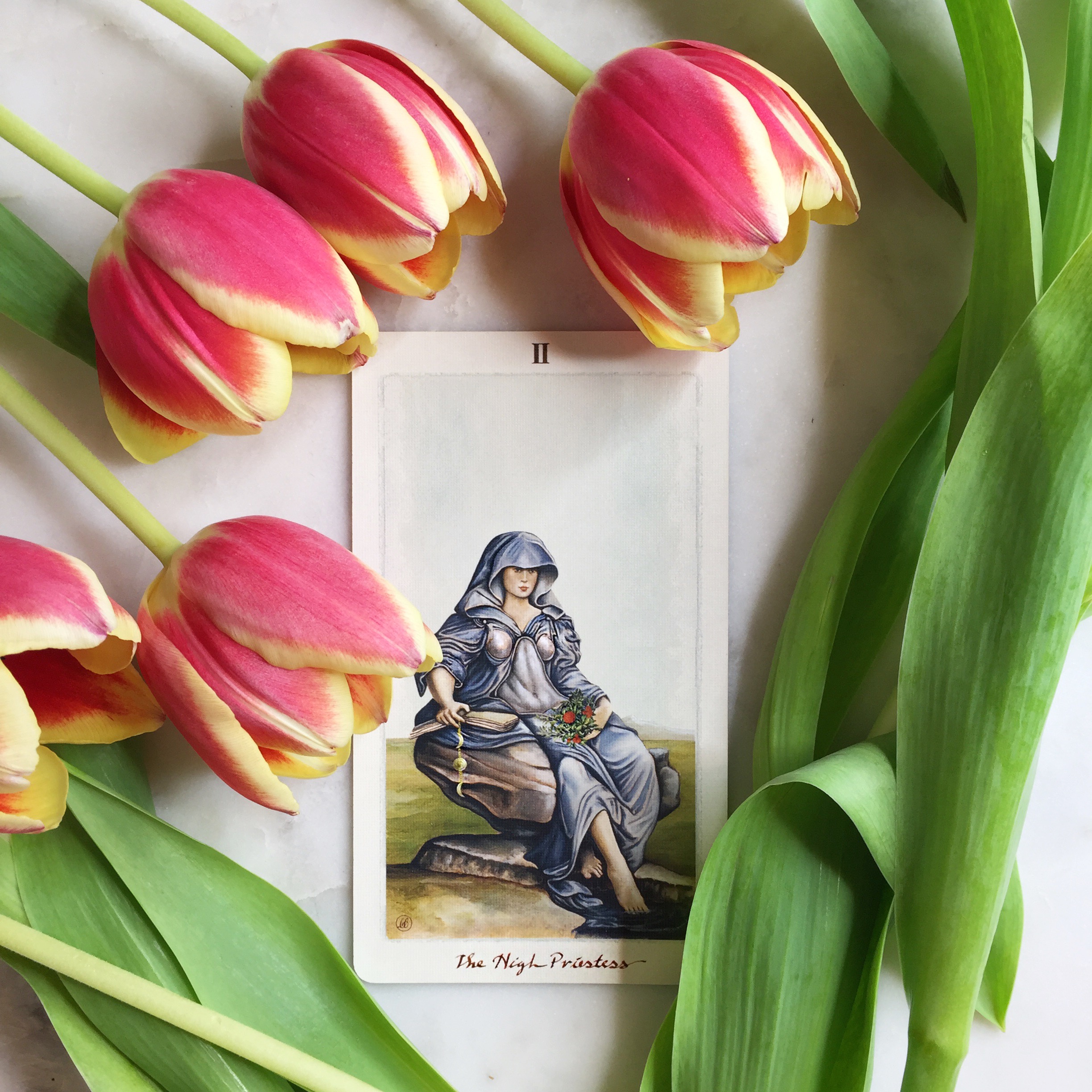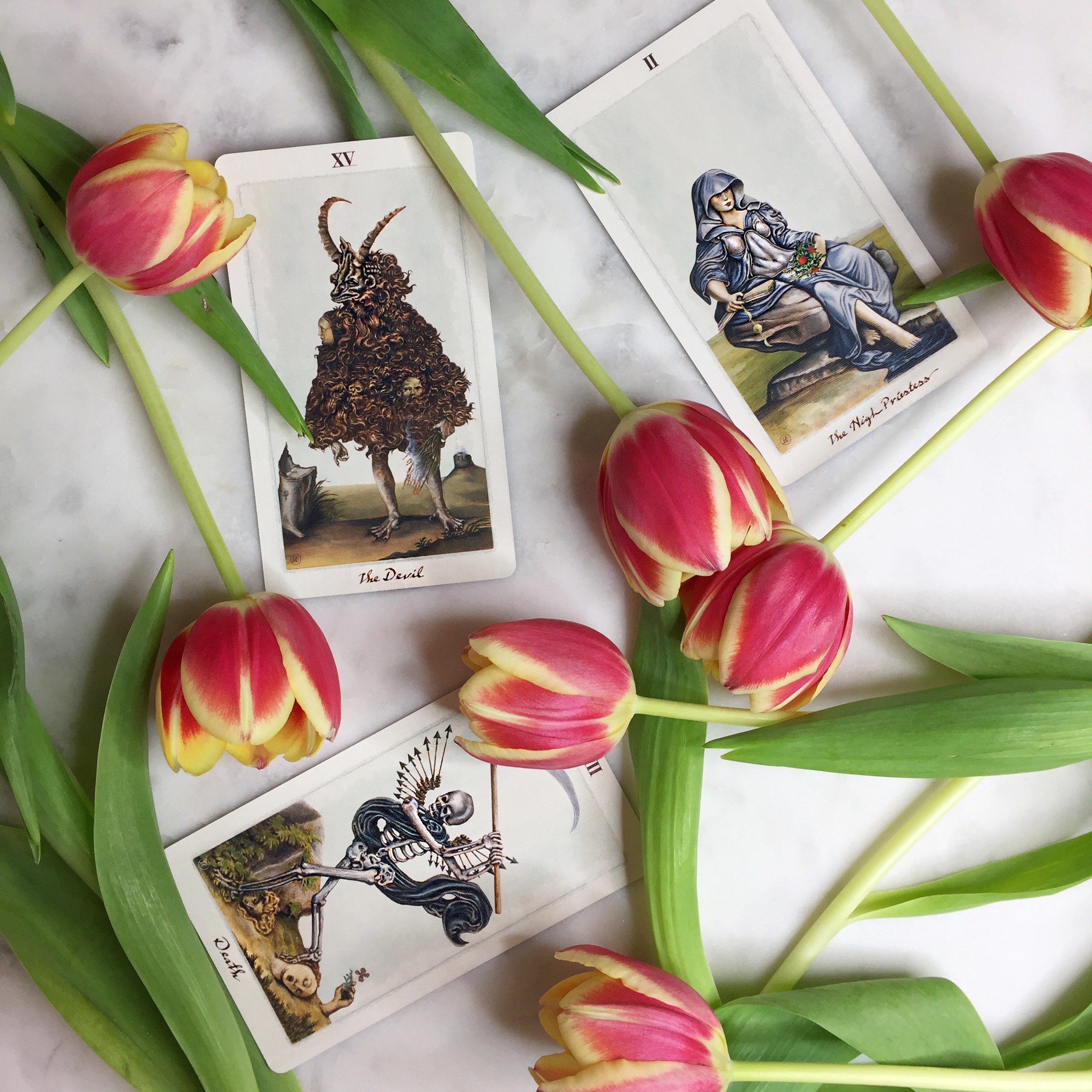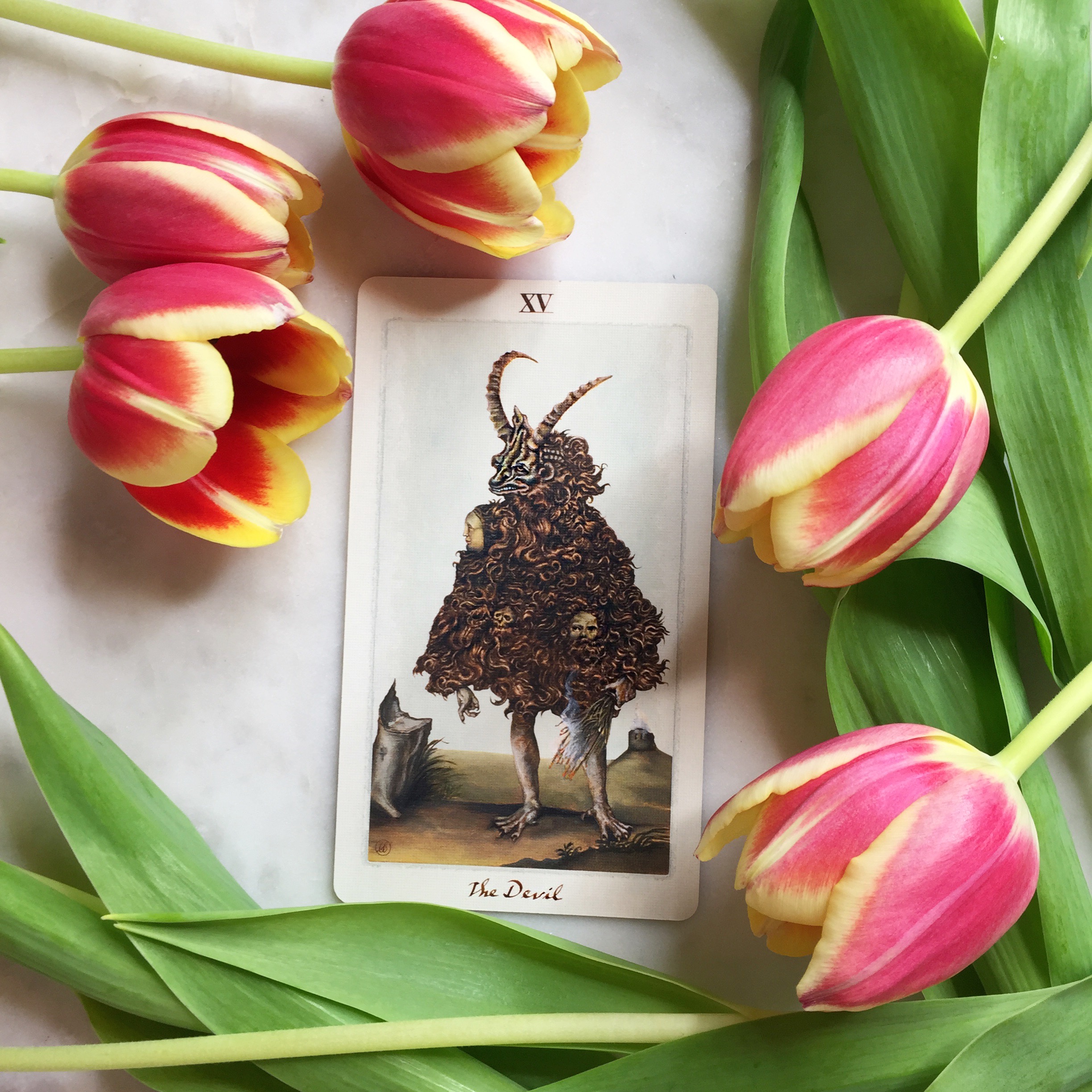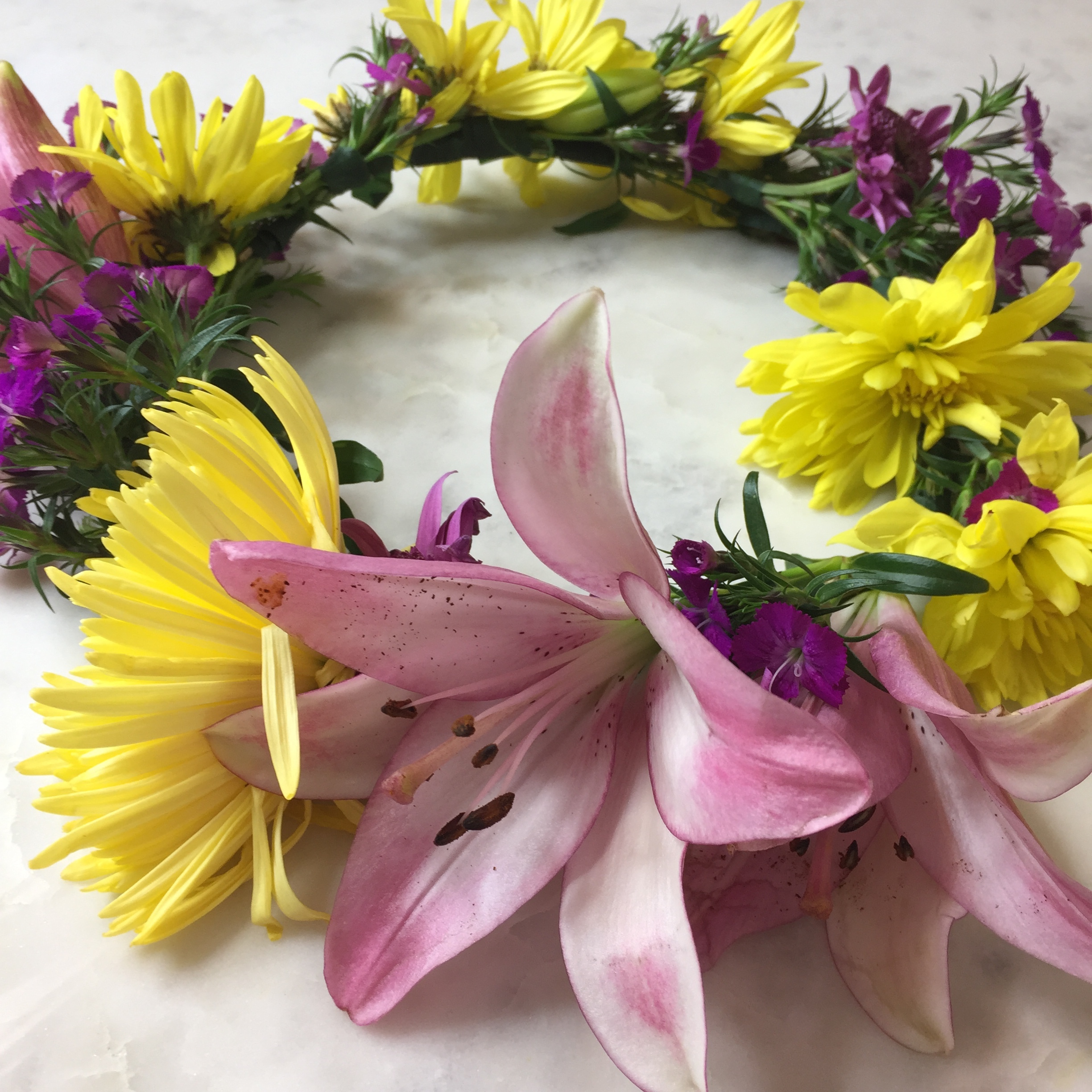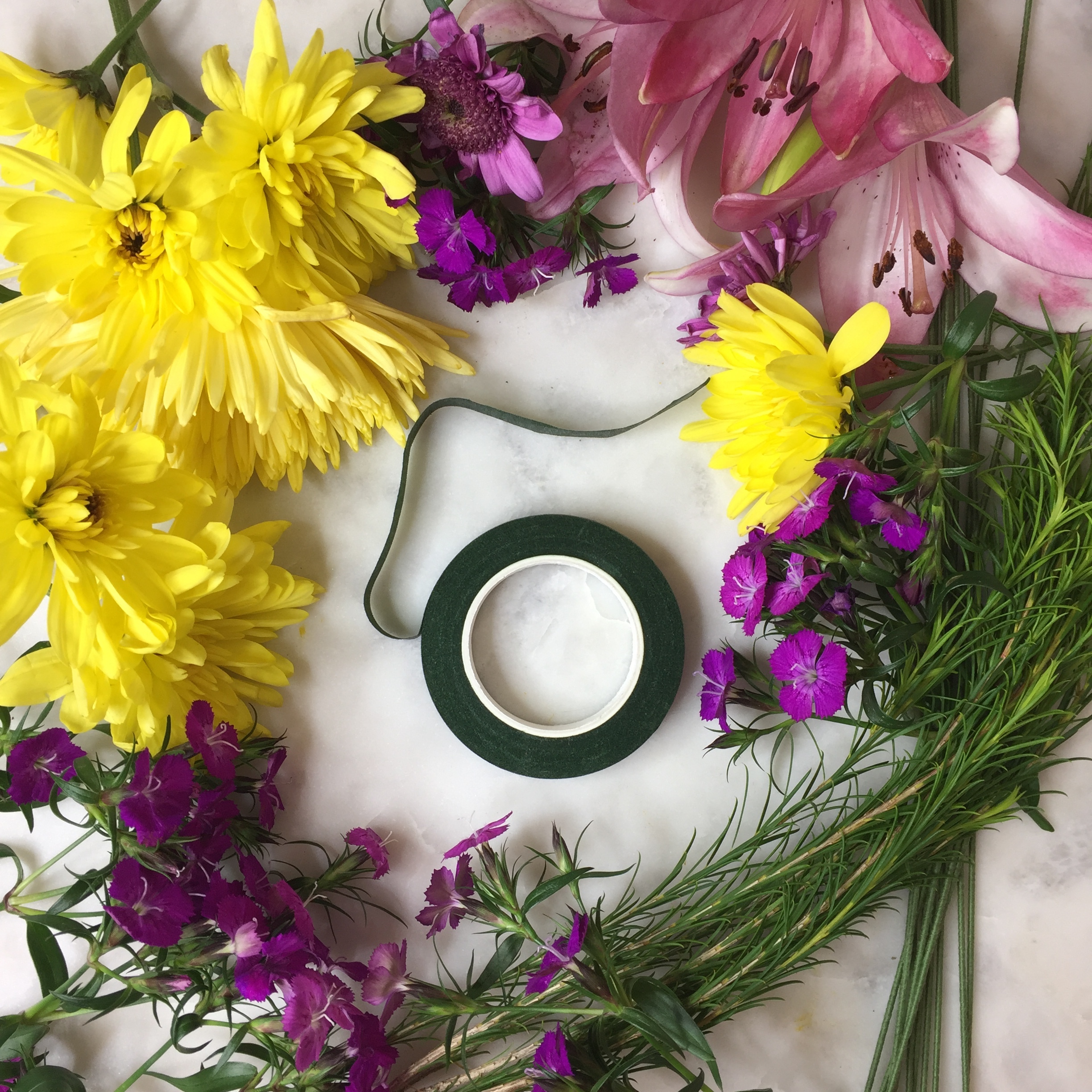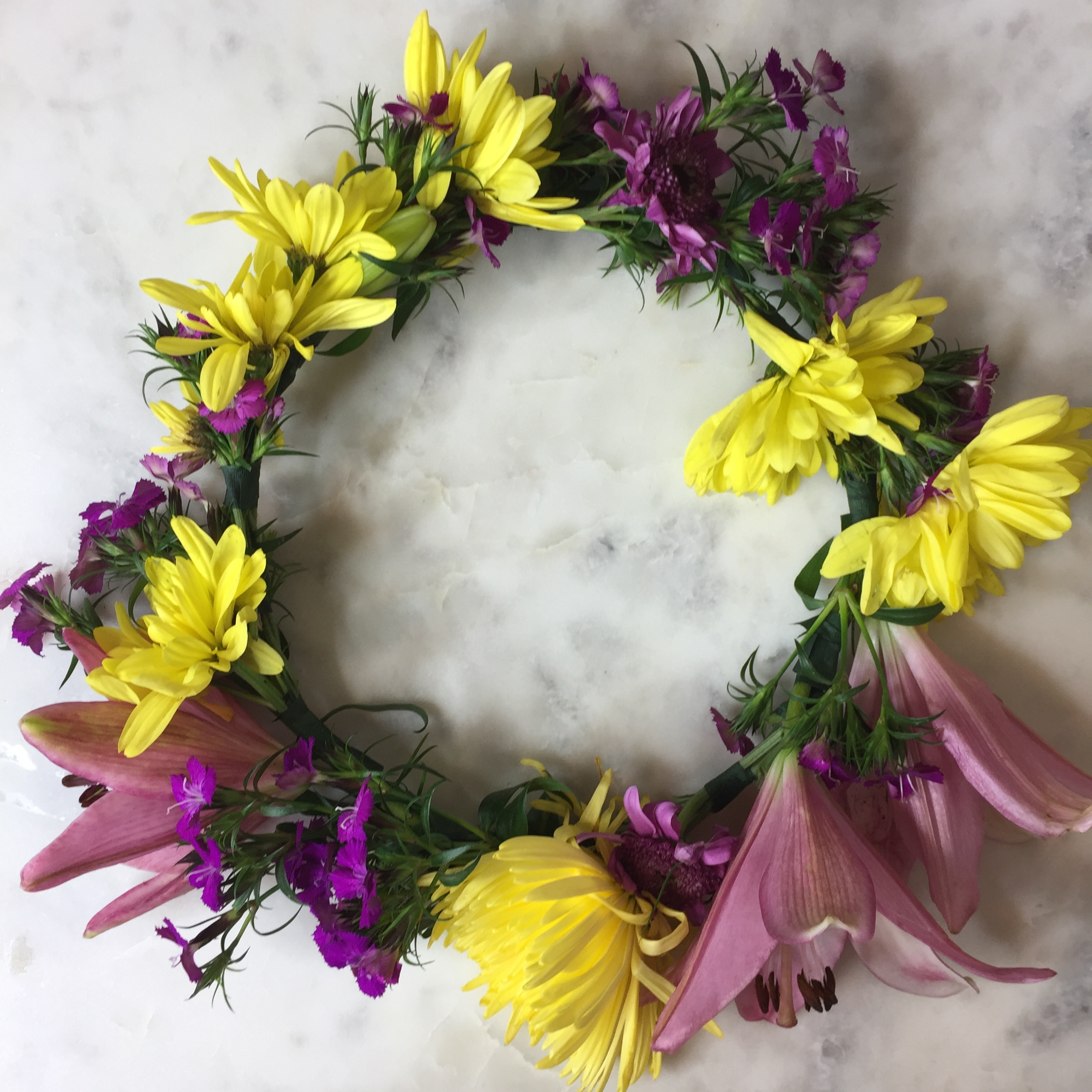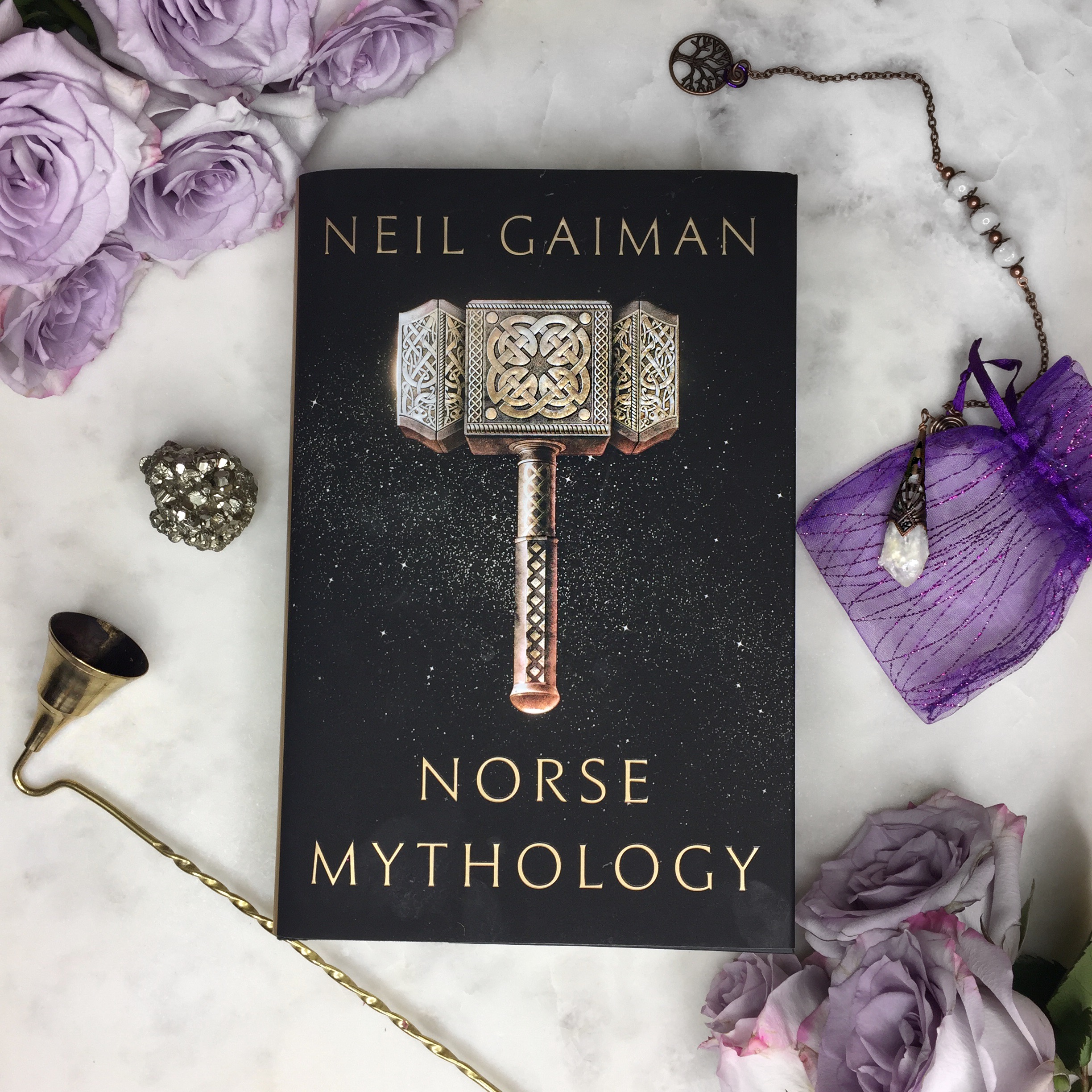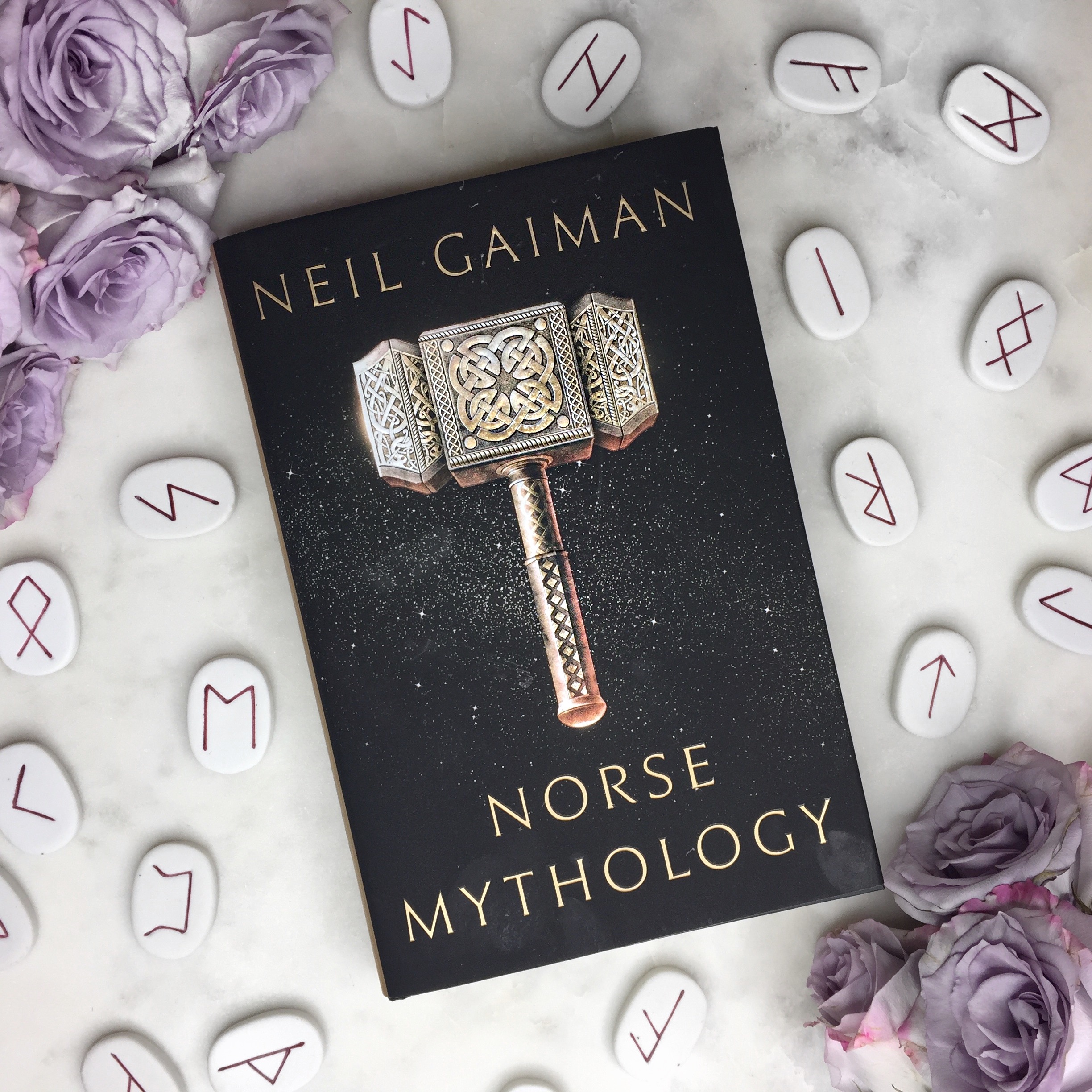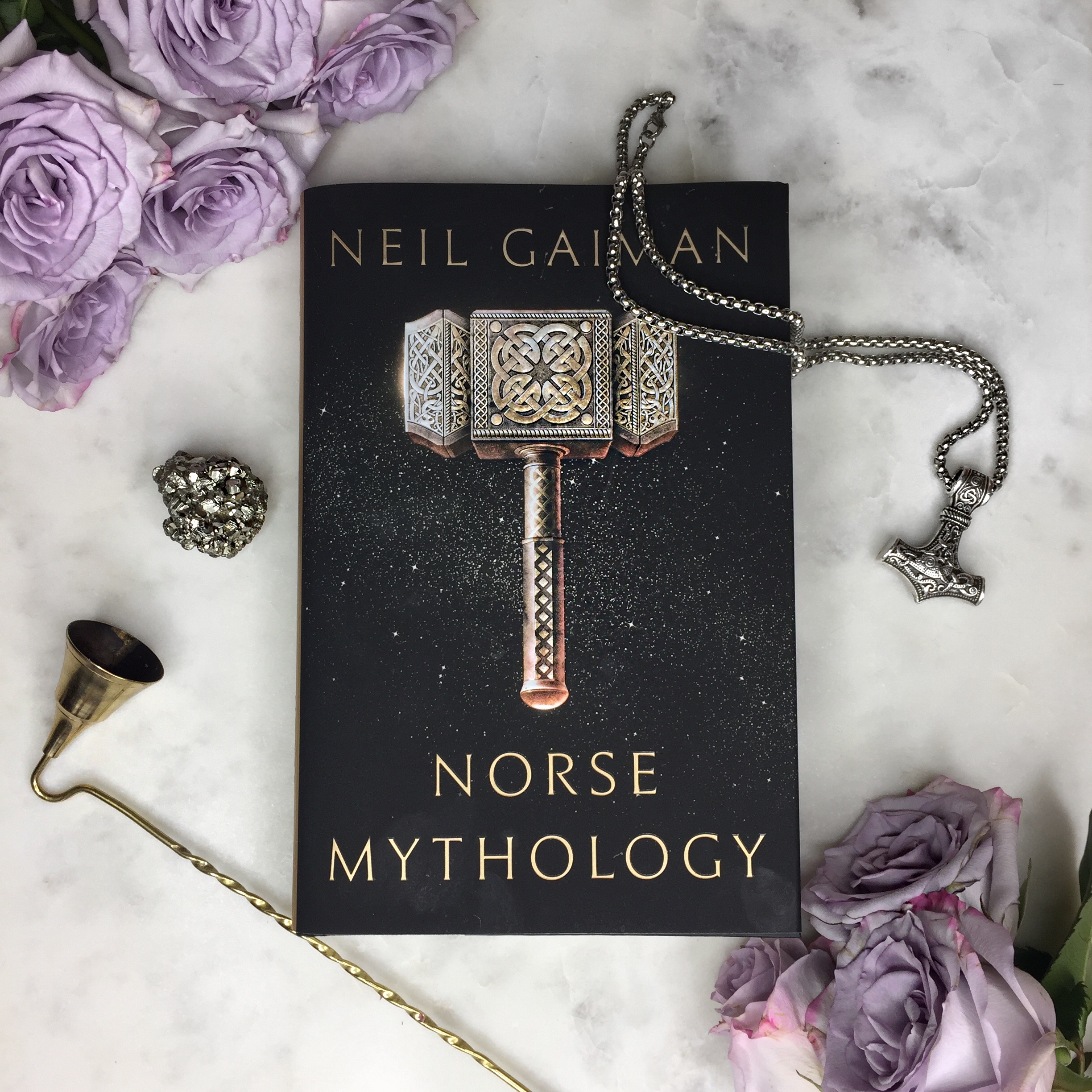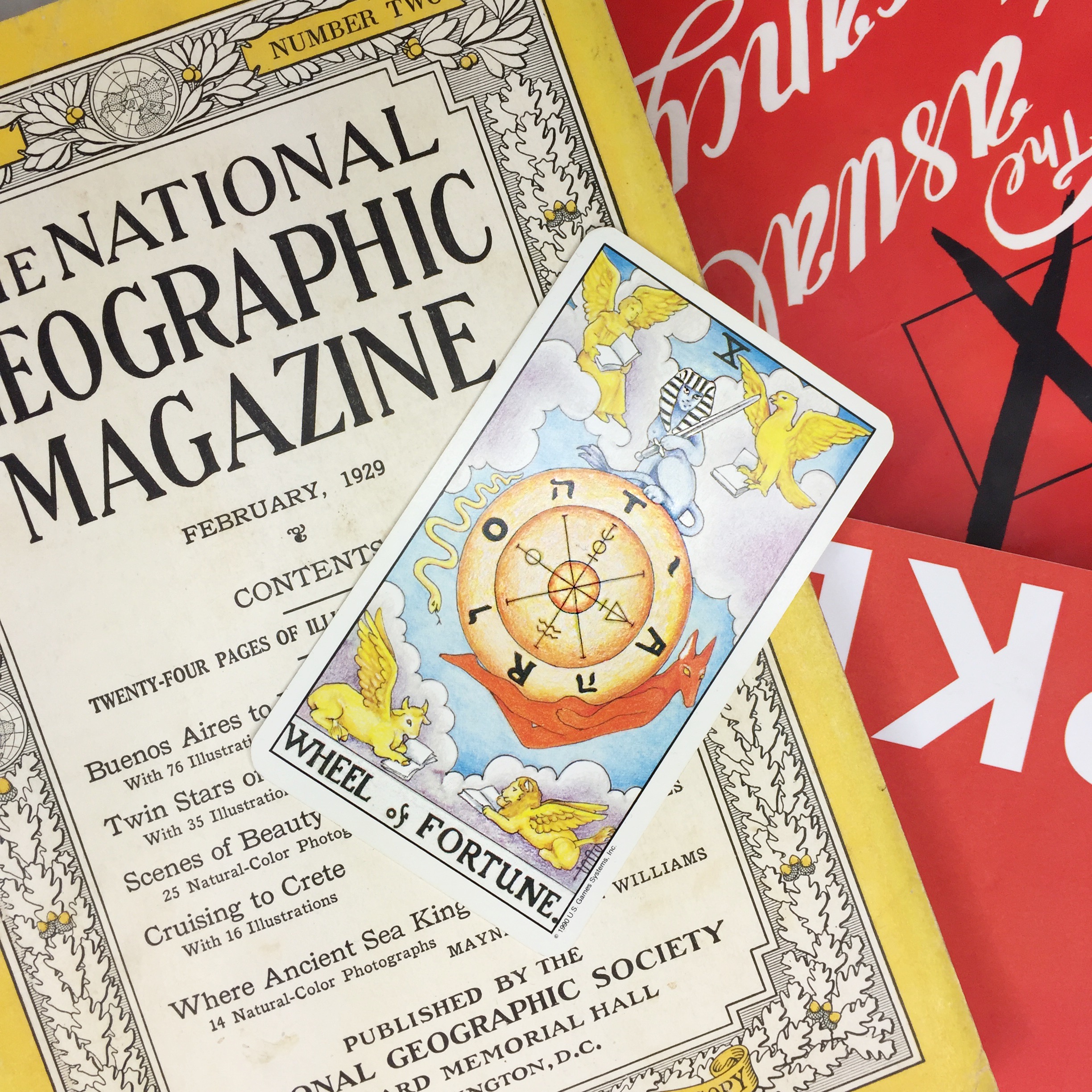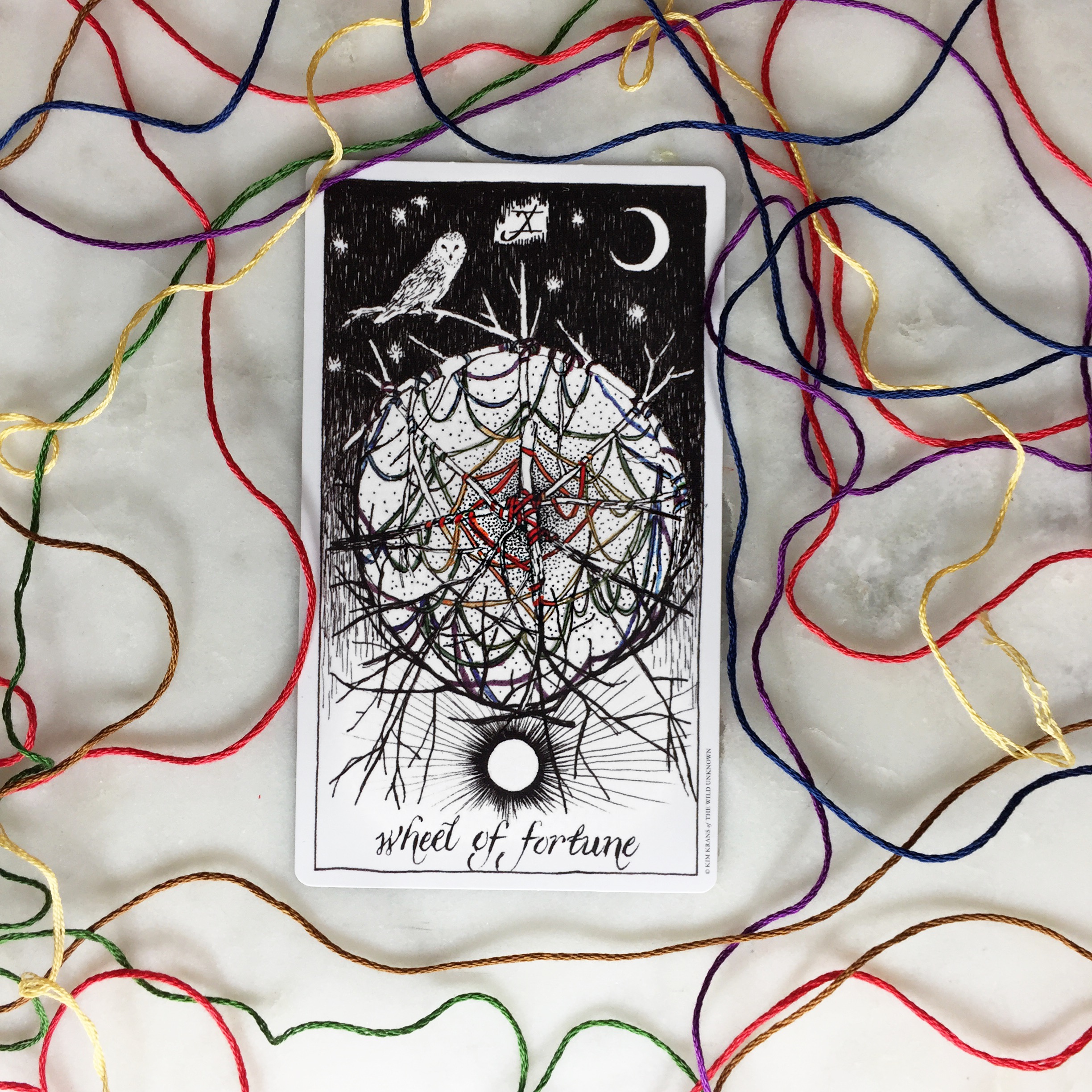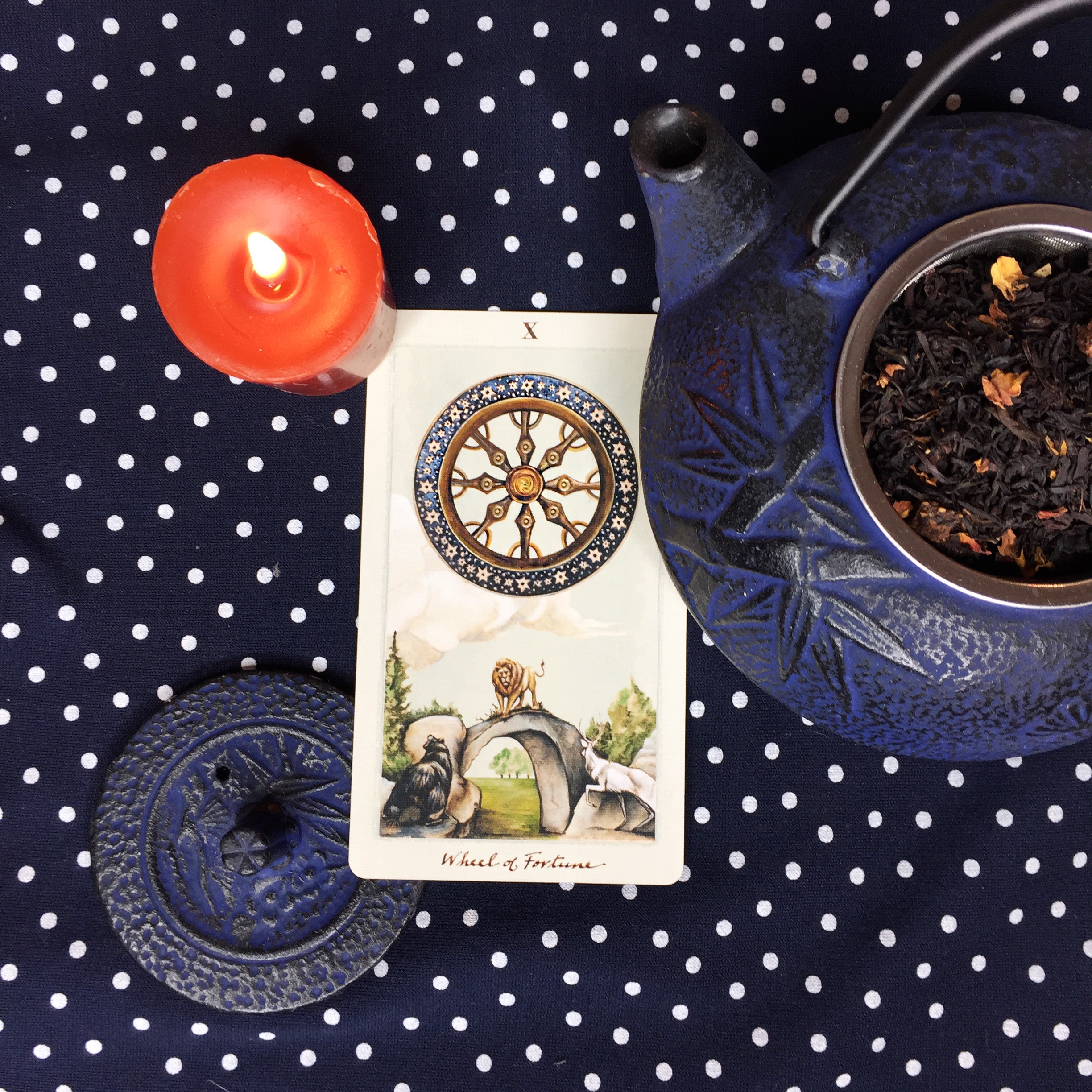"I’ve always wanted to find a pagan group. Sometimes I feel so lonely doing rituals by myself in my bedroom.” My new friend, lets call her Ashley, took a sip of her wine and relaxed in her chair.
Ashley and I initially met through Instagram. Upon seeing all the pagan and tarot content on my feed she sent me a message and we started talking about all kinds of topics. As she also lived in my city we decided to meet in person for some wine and occult discussion - two of my favorite things.
“Have you ever gone to any of the pagan community events in the city?” I asked. I was waiting for the answer I knew I would hear. An answer I’ve heard from countless other girls my age.
“Uh, yes..” She started. “But I didn’t really vibe with the people there.” Ashley looked at me, waiting for the indication that I understood the subtext of her comment.
And yes, I did understand exactly what she was talking about. For I too have had a variety of ‘interesting’ encounters at various events since I started learning about paganism and wicca as a teenager.
Going to a new pagan event can definitely be a bit nerve racking, especially if you’re going by yourself. Some events I have gone to have been wonderful experiences. In fact, I just went to an excellent summer solstice celebration where I met a lot of new pagan friends.
However, this is often not the norm. Usually at pagan events there is always a much older man, often with minimal social skills, who approaches me and begins a conversation. This usually doesn’t bother me as I love talking about spirituality and paganism with new people. However, often the conversation takes a dramatic turn when he says something inappropriate and completely out of context to what we were discussing. This is usually in the form of the man saying something about his sex life in order to see my reaction or have me divulge personal information about my own sex life.
For example, I might be discussing my ritual plans for the next Esbat and then he will randomly yet suggestively mention how he’s really into sex magic and is planning on meeting up with some of his ‘friends with benefits’ for a full moon tantric sexual celebration. At this point there is an awkward silence as he waits for me to reply and I think about how to exit this conversation as quickly as possible.
While I’ve never felt in danger at any Pagan events, these types of conversations have definitely made me feel uncomfortable. Just because us Pagans tend to be a sex positive group of people, it does not mean that I feel comfortable discussing sexuality with strangers. I wish more people understood that and this is why I’m writing this article.
Of course I do not to mean to suggest all male pagans and witches are like this or that this occurs all the time. I have plenty of kind and respectful male pagan friends that I’ve met at various events. However, I believe that we do need to recognize that this is in fact a real issue within our community.
I have had countless young girls who find me on social media and message me about similar issues and experiences they’ve had. How many young and bright girls does our community lose from our inability to seriously tackle this issue.
I understand that this article is sure to draw some controversy and by no means am I trying to call myself an expert or say that I have the solution. All I’m asking is that we have our own discussions about these topics so we can continue to build a respectful community for all.
What are your thoughts on this issue? Do you have your own experience that you’d like to share? Post below in the comments.




